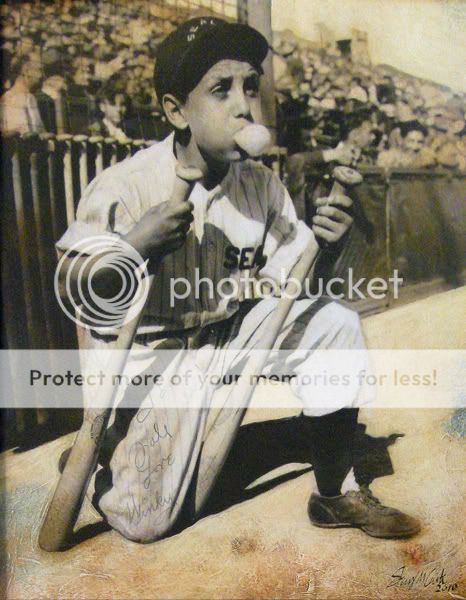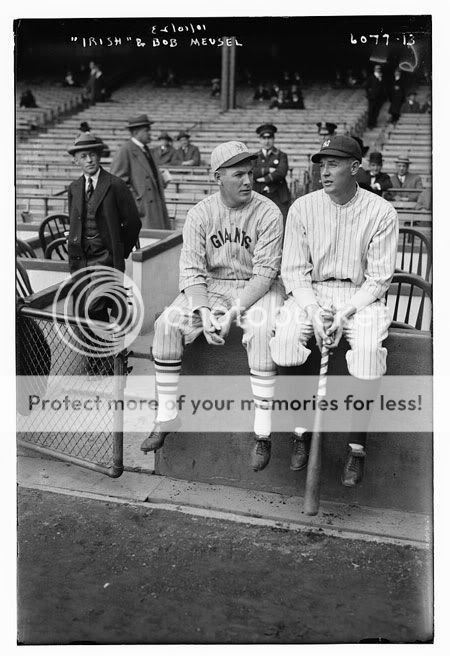What he did: Griffey retired last week as one of the greatest ballplayers of his generation, so I won’t regurgitate all the statistics and stories of his greatness that have since shot around the Internet besides to say his 630 home runs, astonishing first half of his career and spotless reputation throughout make him a definite Hall of Famer. But that’s not why I’m writing these words.
This post was inspired by a Joe Posnanski article in the June 14 issue of Sports Illustrated that included a quote from baseball legend Buck O’Neil about Griffey, “He could play in any era.” It seemed like an interesting idea worth exploring more and the article subhead teased it. But the piece was mostly about Griffey’s greatness early in his career and how much more he might have achieved in his own era had injuries not taken their toll over the past decade. It’s a story many have written in the past several years. Posnanski told his story gracefully, as he often does, but I think he missed an opportunity.
Perhaps Posnanski was apprehensive about painting a broader picture of how Griffey might have fared in a particular different era, which isn’t always easy to do. I’ve heard a retired baseball scout I know named Ronnie King say more than once that the game should be judged in 10 year intervals since it changes so much. Still, this new Thursday segment is built around the idea that such comparisons can be made. I’m going to delve deeper into what O’Neil said about Griffey.
Era he might have thrived in: For our purposes, let’s forget the color barrier that barred blacks from playing prior to 1947 and look at how ridiculously well a young Griffey might have done in the 1930s.
Why: This was the Golden Age for hitters, and if Griffey played then, he might have hit .400 or won a Triple Crown or both. The 1930 Philadelphia Phillies for instance hit .315 as a team even with a center fielder named Denny Sothern hitting .280. If Griffey replaces Sothern he joins an outfield of Chuck Klein and Lefty O’Doul who hit .386 and .383 that year, respectively. Imagine that 3-4-5 in the batting order.
Griffey also gets to play his home games at the Baker Bowl, one of the few stadiums in baseball history that was more of a hitter’s park than where he spent his best years, the Kingdome. As a left-handed pull hitter, Griffey would destroy the 280.5-foot Baker Bowl right field short porch, even with its 60-foot fence. Either Griffey gets adept at hooking flies over it or he sets the record for doubles. No matter what, the man who hit .327 in 1991 soars to greater heights than ever before.
I invite anyone to take a stab at what Griffey’s numbers might have been in 1930 (I’m guessing 55 home runs, 180 runs batted in and a .395 batting average.) Better, I encourage anyone to offer their perfect era for Griffey.
Different player/Different era is a Thursday feature here that examines how a baseball player might have fared in an era besides his own.




